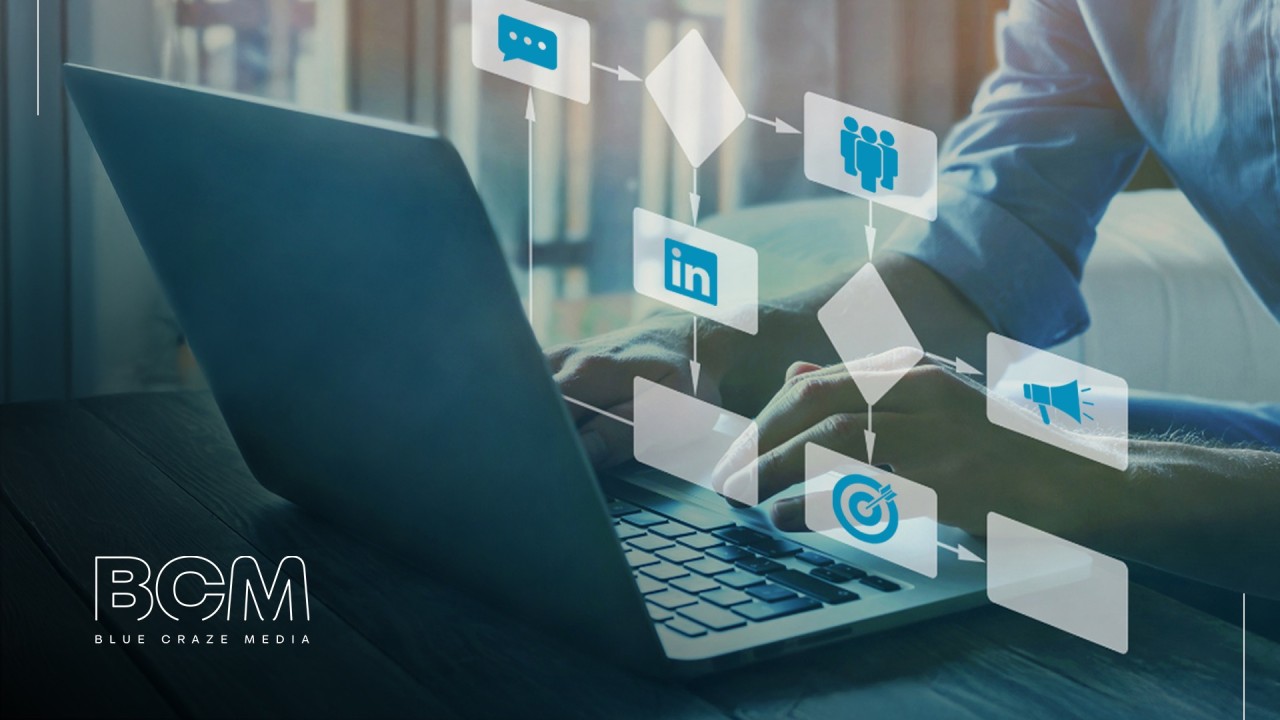– Will Stokes CEO, Blue Craze Media
There’s a quiet shift happening in how companies use LinkedIn.
Not long ago, it was primarily seen as a place to post job openings, share the occasional update, and network. But for teams in B2B and staffing—especially those without massive marketing budgets—LinkedIn is becoming something different entirely: a core part of their revenue infrastructure.
Over the last few years, I’ve had the chance to work closely with companies navigating that transition. And it almost always starts with the same realization:
The way most people use LinkedIn doesn’t reflect how clients actually engage.
Where Things Break Down
In most organizations, I see two extremes:
- The Passive Profile: Leaders and teams post a few times a quarter. Their profiles read like resumes. Their presence doesn’t communicate who they help or how they think.
- The Cold Outreach Floodgate: On the other end, teams lean heavily on outbound messaging—often using templates that never quite land. The result is inbox fatigue on both sides.
Neither approach works long-term. One fades into the background. The other burns out its audience.
A More Intentional System
The companies getting real traction on LinkedIn aren’t doing more—they’re doing it differently.
Here’s what I’ve seen work consistently:
- Clarity on audience. Before any content or outreach, it’s essential to define exactly who you’re speaking to and what problems you can help them solve. Broad targeting leads to diluted messaging.
- A human approach to outreach. Automation can help scale, but only if it’s rooted in real understanding. The most effective outreach feels personal because it’s built with intention—not just volume.
- Content that builds context. Not every post needs to go viral. The goal is to create enough touchpoints that your audience begins to understand how you think, what you value, and how you solve problems.
- A feedback loop. The teams making progress are the ones who actually measure it. They look at conversations booked, follow-up engagement, and lead progression—not just impressions and likes.
A Snapshot in Practice
A client of ours—a boutique staffing firm—had been using LinkedIn like many others: job posts, sporadic company updates, and some recruiter-led outreach.
We worked with them to define their highest-value audience segments and refine how their team showed up on LinkedIn. The shift wasn’t dramatic—it was foundational. New bios, consistent messaging, content that spoke to hiring challenges in their niche.
What changed wasn’t the platform. It was how they used it. Within a couple of months, they started seeing more consistent conversations, stronger responses, and ultimately, new client relationships that traced directly back to LinkedIn.
Final Thought
LinkedIn isn’t magic, and it won’t replace everything else in your funnel. But when it’s used with structure and intention, it becomes a compounding asset—one that quietly builds trust, opens doors, and shortens the distance between your team and the right conversations.
For leaders wondering whether LinkedIn is worth investing in, my take is this: it’s not about more activity. It’s about building a system that reflects how your audience interacts and how your team sells.
And like any system, it works best when it’s aligned. If you’re ready to make LinkedIn part of your infrastructure, let’s connect.
